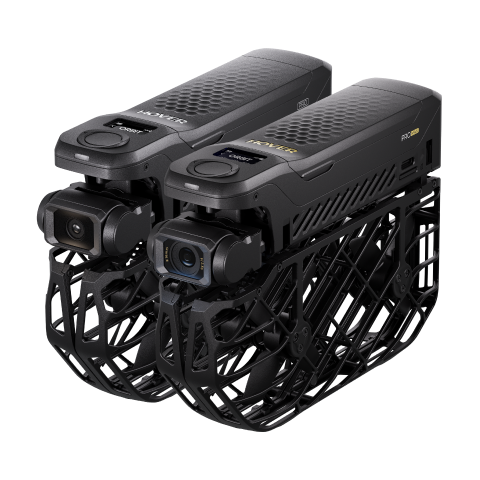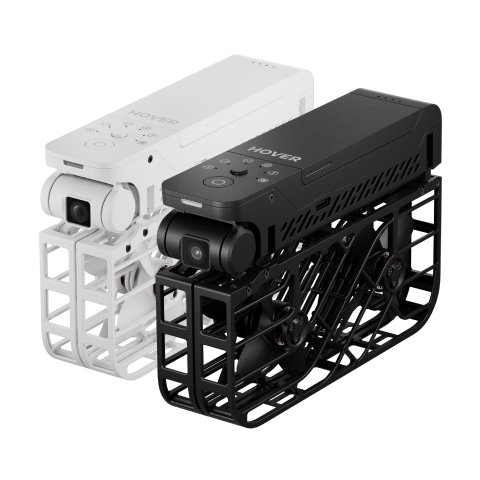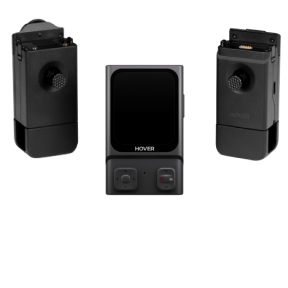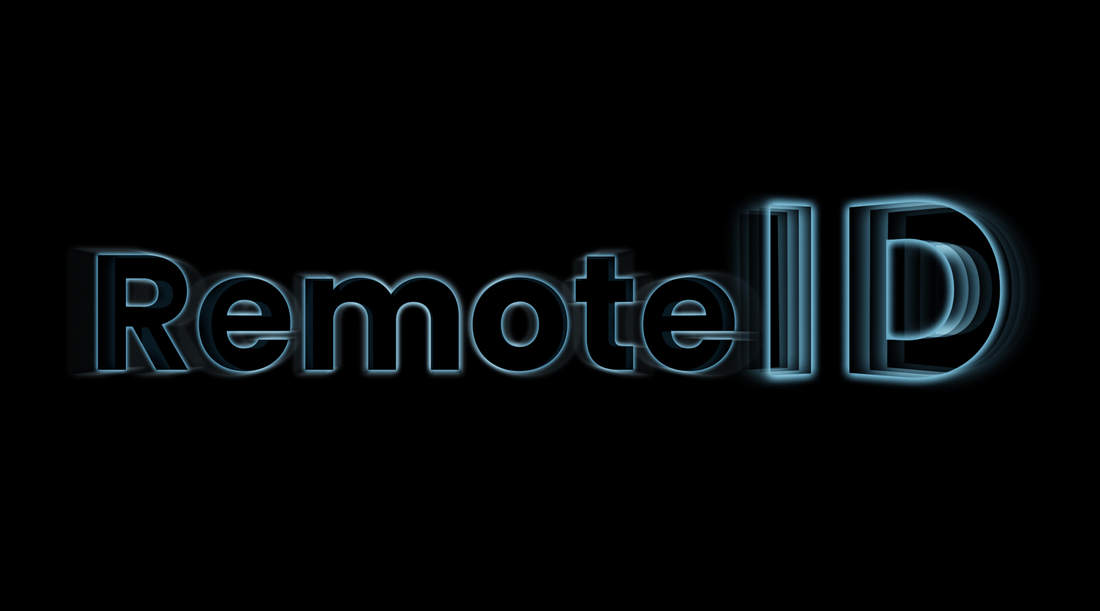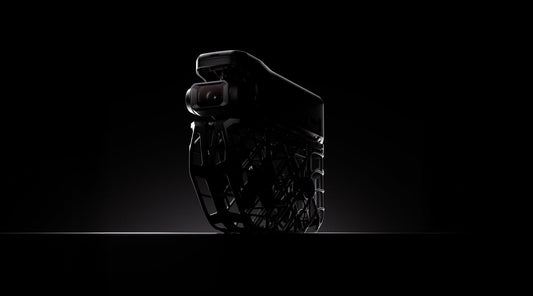Introduction
Since 2023, the United States has fully implemented the FAA Remote ID regulation as a key initiative to improve low-altitude airspace safety. Whether flying for recreation (drones under 250g are exempt) or commercial purposes, any drone operating in U.S. airspace must comply with Remote ID requirements—or risk penalties for non-compliance.
Note: Remote ID is part of FAA regulation in the United States. In Europe (EU), unmanned aircraft are regulated under EASA CE class identification, while the United Kingdom follows CAA CAP722 guidance. These systems are different from the FAA framework. This article focuses specifically on FAA Remote ID compliance in the United States.
What Is Remote ID?
Remote ID (Remote Identification) is a system that enables government agencies, airspace authorities, and other airspace users to identify drones operating in U.S. airspace. It functions like a “digital license plate + positioning signal” for drones to support safe and accountable airspace operations. During flight, Remote ID automatically broadcasts identification and flight data, including:
- Drone registration number (Remote ID)
- Real-time aircraft location and altitude
- Location of the control station or takeoff point
- Flight status, timestamp, and other flight details
This information may be accessible to:
- FAA and law enforcement agencies
- Other airspace users (manned aircraft and drone operators)
- In certain cases, the general public
Remote ID ensures:
- Airspace monitoring and safety alerts
- Enforcement against unsafe or illegal flights
- Airspace transparency and accountability
⚠️ Important: Remote ID broadcasting cannot be disabled or altered by the user.
FAA Remote ID Requirements in the U.S.
The FAA officially implemented Remote ID requirements on September 16, 2023. Requirements vary based on drone weight and operating purpose.
Drones weighing ≤ 250 g (0.55 lbs)
- If flown strictly for recreational purposes: No Remote ID or registration is required. (Source: FAA – Register Your Drone) https://www.faa.gov/uas/getting_started/register_drone
- If flown for any non-recreational purpose (commercial, educational, promotional, research, or business use): Registration and Remote ID are required, regardless of weight.
Examples of non-recreational flights include:
- Commercial filming or content creation for a brand
- Academic or corporate testing/research projects
- Real estate, agriculture, or inspection missions
- Paid influencer or media content
✅ Note: HOVERAir X1, X1 PRO, X1 PROMAX, and HOVERAir AQUA all weigh under 250 g.
Drones weighing > 250 g (0.55 lbs)
All drones over 250 g must be registered and comply with Remote ID rules, regardless of recreational or commercial use.
How to Comply with Remote ID
Compliance can be achieved in one of two ways:
| Compliance Method | Description |
| Standard Remote ID (built-in) | Drone includes Remote ID hardware from factory |
| Broadcast Module (add-on) | External Remote ID module installed for older or non-compliant drones |
📍 Outdoor flight is prohibited without Remote ID, except in FAA-Recognized Identification Areas (FRIA). ✅ HOVERAir X1 PRO and X1 PROMAX come with Standard Remote ID built-in and are Remote ID compliant.

Registering a Remote ID Drone
Registration depends on your flight category: 🎮 Recreational Flyers
- Can register all drones under one registration number
- Must provide the Remote ID serial number during registration
- Broadcast modules may be reused across multiple drones in the same inventory
🛠️ Part 107 Commercial Remote Pilots Each drone must be registered separately
- Each drone receives its own unique registration number
- Remote ID serial number must be provided for each aircraft
Confirm Remote ID Compliance Before Registering
Before registering, check whether your drone or broadcast module is FAA-approved:
✅ Visit FAA’s Declaration of Compliance database: https://uasdoc.faa.gov/listDocs?docType=rid&status=accepted
Remote ID Serial Number (RID) can typically be found:
- On the device label
- In the remote controller system menu
- In product specifications or manuals
✅ HOVERAir X1 PRO & PROMAX have been approved by the FAA and are listed as compliant. Check the steps for X1 PRO &PROMAX remote ID: https://hoverair.com/blogs/new-features/remote-id-now-available-for-hoverair-x1-pro-promax
❗If your drone is not listed as compliant:
- You may still comply using a broadcast module or by flying inside a FRIA.
📚 Learn about register and more from the FAA: https://www.faa.gov/uas/getting_started/remote_id
